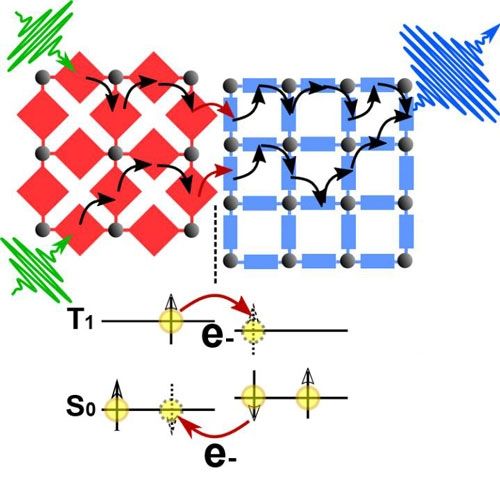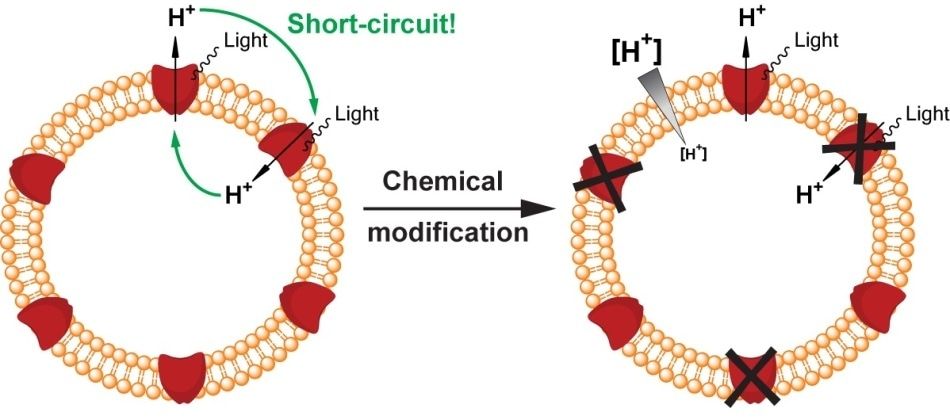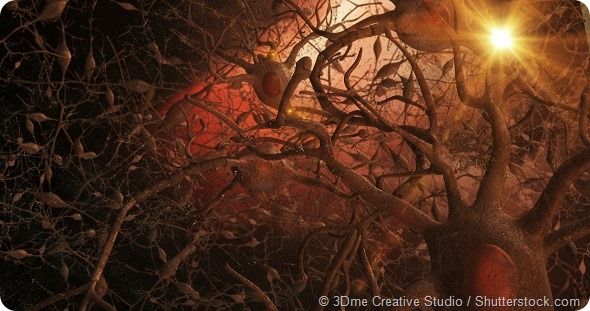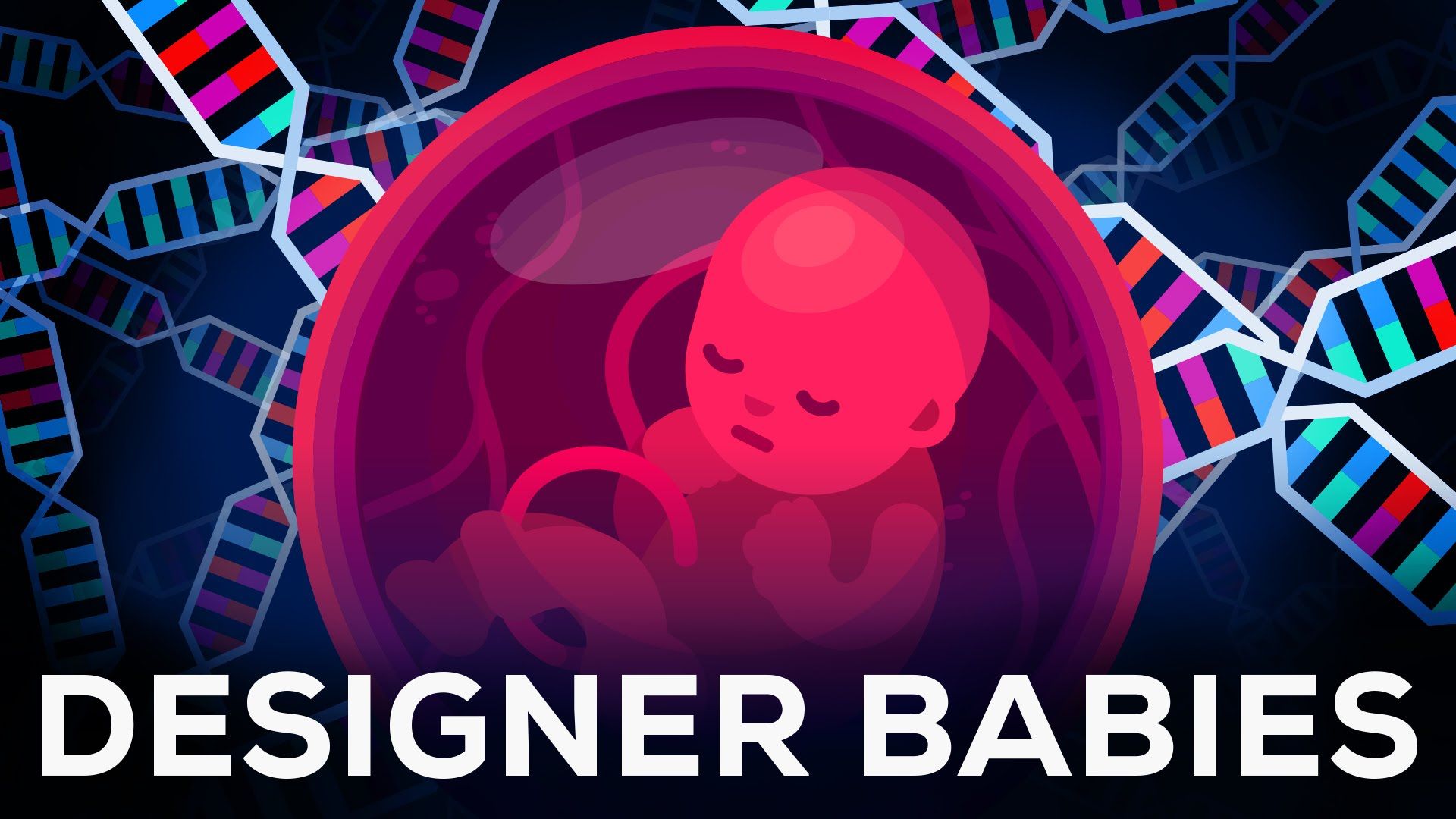Aug 10, 2016
How to turn green light blue
Posted by Karen Hurst in categories: solar power, sustainability
The upconversion of photons allows for a more efficient use of light: Two photons are converted into a single photon having higher energy. Researchers at KIT now showed for the first time that the inner interfaces between surface-mounted metal-organic frameworks (SURMOFs) are suited perfectly for this purpose — they turned green light blue. The result, which is now being published in Advanced Materials (“Photon Upconversion at Crystalline Organic–Organic Heterojunctions”), opens up new opportunities for optoelectronic applications such as solar cells or LEDs.
Photon upconversion: energy transfer between the molecules is based on electron exchange (Dexter electron transfer). (Image: Michael Oldenburg)
















